Corn, with its tall stalks and lush, green leaves, is a staple crop that brings a sense of agricultural richness and practicality to any garden. This annual grass is known for its ears, which contain rows of kernels that can be yellow, white, or even multicolored. The sight of a cornfield or a garden patch filled with corn plants swaying in the breeze is a classic image of summer, adding a vertical element and a touch of nostalgia to garden beds or large containers.
In Florida, corn thrives during the warm months, particularly enjoying full sun and well-drained soil. The plants grow rapidly, often reaching heights of six to ten feet, and produce tassels and silk, which are key parts of the pollination process that leads to the formation of ears. Watching these impressive plants grow and produce ears of corn is a rewarding experience, showcasing the productivity and vibrancy of your garden.
Corn is not only visually striking but also a versatile and nutritious food source. The kernels can be eaten fresh, grilled, boiled, or roasted, and are commonly used in a variety of dishes from salads to soups to salsas. Cornmeal, made from ground dried kernels, is a staple ingredient in breads, tortillas, and cereals. Additionally, corn has a long history of use in traditional medicine and as a staple in the diets of many cultures around the world.
I would give corn a 4 out of 5 on how easy it is to grow. While it is relatively straightforward to cultivate, corn does require regular watering, ample space, and proper pollination to ensure good ear development, making it suitable for gardeners with some experience.
Corn Varieties
Country Gentleman
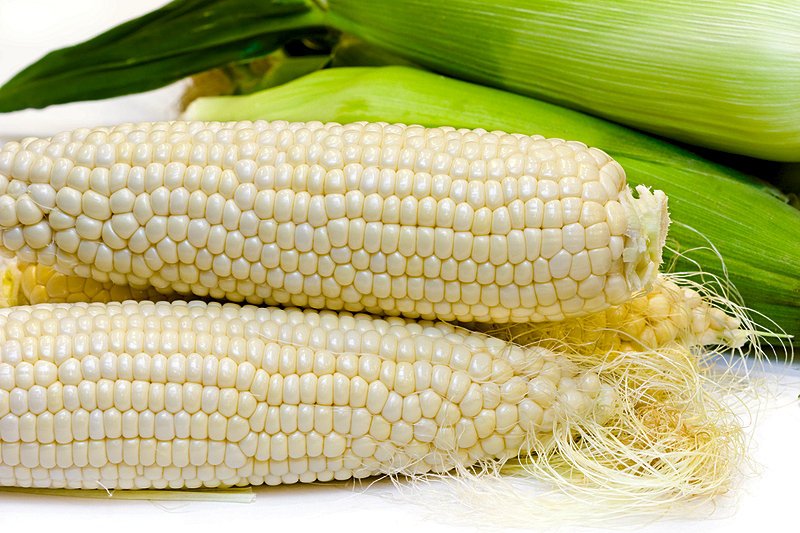
Description: Country Gentleman is an heirloom shoepeg corn variety known for its narrow, irregularly spaced kernels and sweet, creamy flavor.
Growing Season: Spring and Summer
USDA Planting Zone: 3-10
Special Notes: Matures in about 85-100 days. Excellent for fresh eating and canning. Notable for its unique kernel arrangement.
Silver Queen
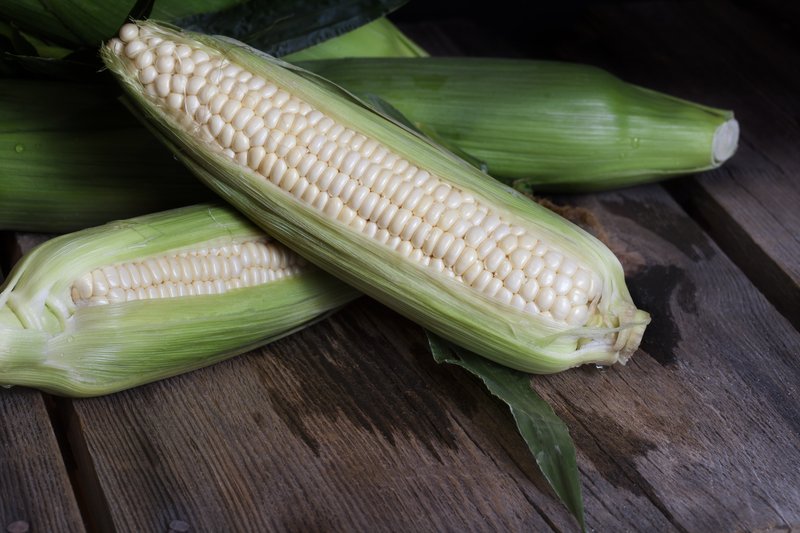
Description: Silver Queen is a popular white sweet corn variety known for its creamy, tender kernels and excellent flavor.
Growing Season: Spring and Summer
USDA Planting Zone: 3-9
Special Notes: Matures in about 92 days. Resistant to common corn diseases and pests.
Golden Bantam
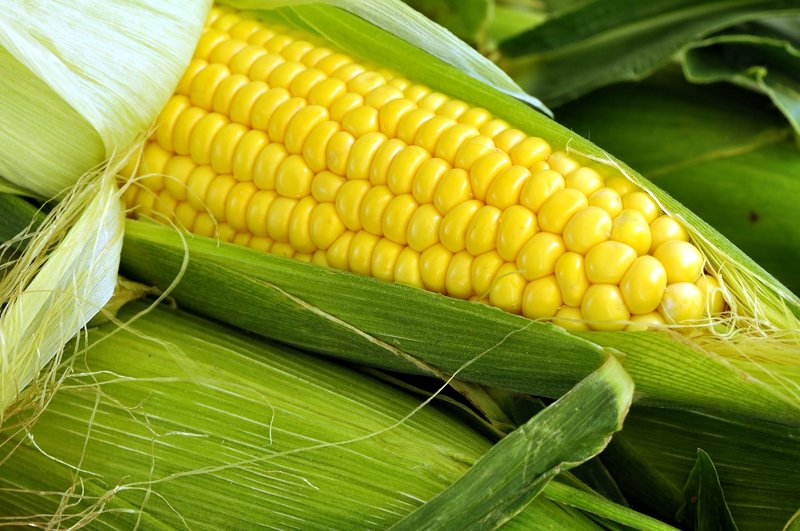
Description: Golden Bantam is an heirloom sweet corn variety with bright yellow kernels and a rich, sweet flavor.
Growing Season: Spring and Summer
USDA Planting Zone: 3-9
Special Notes: Matures in about 78 days. Ideal for fresh eating and freezing.
Peaches and Cream
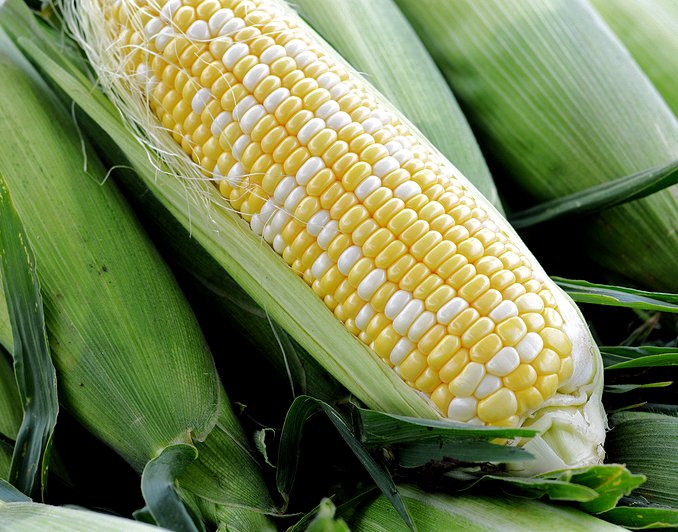
Description: Peaches and Cream is a bicolor sweet corn variety with kernels that are both yellow and white, offering a sweet, creamy flavor.
Growing Season: Spring and Summer
USDA Planting Zone: 3-9
Special Notes: Matures in about 80 days. Excellent for fresh eating and canning.
Honey Select
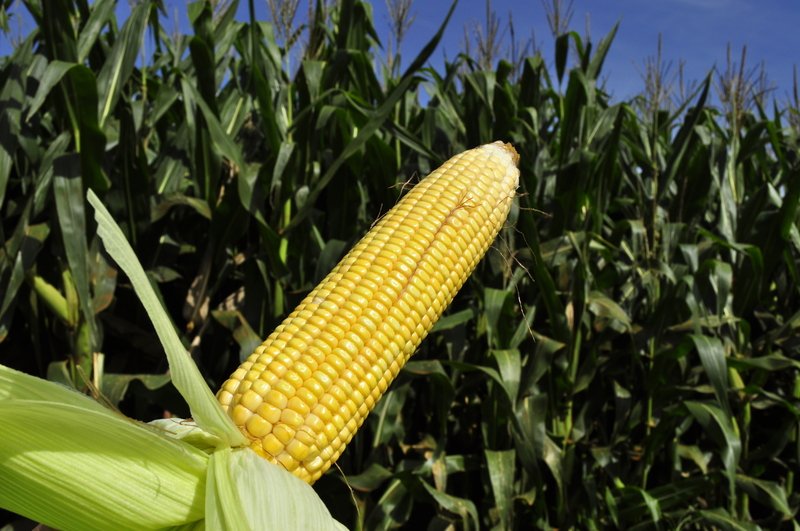
Description: Honey Select is a hybrid sweet corn variety known for its high sugar content and tender kernels. It has a yellow and white coloration.
Growing Season: Spring and Summer
USDA Planting Zone: 3-9
Special Notes: Matures in about 80-82 days. Excellent disease resistance and long shelf life.
Early Sunglow
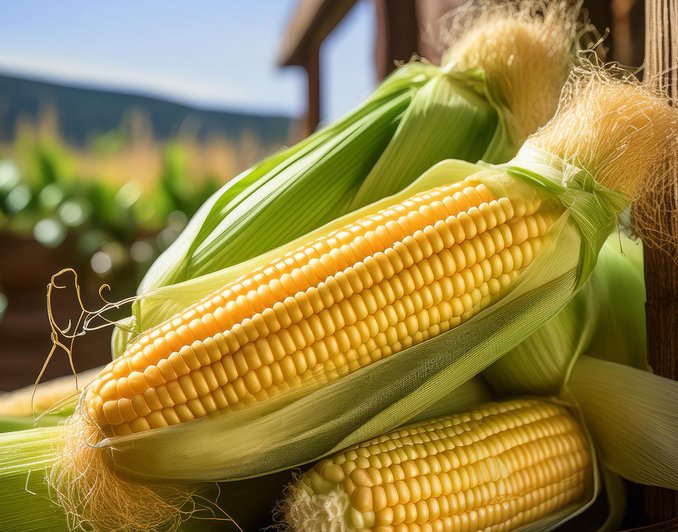
Description: Early Sunglow is an early-maturing sweet corn variety with yellow kernels and a sweet flavor. It is known for its rapid growth and early harvest.
Growing Season: Spring and Summer
USDA Planting Zone: 3-9
Special Notes: Matures in about 63-68 days. Great for areas with shorter growing seasons.
Florida Vegetable Planting Guide
This guide provides information on when to start seeds inside, direct seed, and transplant starter plants in the different regions of Florida.
North USDA Planting Zones: 8b-9a
Central USDA Planting Zones: 9b & some of 10a
South USDA Planting Zones: 10a-11b
Visit the U.S. National Arboretum for an Exact USDA Planting Zone Map.
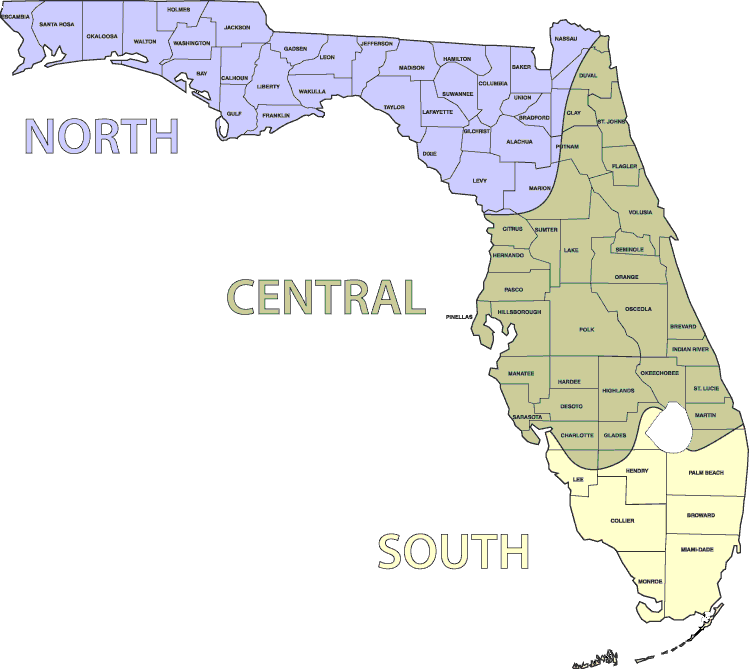
| Corn | North Florida | Central Florida | South Florida |
|---|---|---|---|
| Start Seeds Inside | Not recommended | Not recommended | Not recommended |
| Direct Seed | Mar-Jun | Feb-Jun | Jan-Jun |
| Transplant Starter Plants | Not recommended | Not recommended | Not recommended |
Explanation:
Start Seeds Inside: Starting corn seeds indoors is not recommended because corn does not transplant well and grows best when directly sown in the garden.
Direct Seed: Direct seeding corn during the warmer months ensures rapid germination and growth, taking advantage of the long growing season.
Transplant Starter Plants: Transplanting corn seedlings is not recommended due to their sensitivity to transplanting and potential for root disturbance.
__________________________________________________________________________________________________________________________
Soil: Corn prefers well-draining, fertile soil with a pH between 6.0 and 6.8. Adding compost or well-rotted manure to the soil can improve fertility and structure.
Sun: Corn grows best in full sun, requiring at least 6-8 hours of direct sunlight daily.
Watering: Keep the soil consistently moist but not waterlogged. Corn requires regular watering, especially during tasseling and ear development. Mulching can help retain soil moisture and regulate temperature.
Spacing: Plant corn seeds 1-2 inches deep and 8-12 inches apart in rows spaced 30-36 inches apart. For good pollination, plant corn in blocks of short rows rather than one long row.
Fertilization:
N-P-K Ratio: Corn benefits from a fertilizer with a higher nitrogen content to support rapid growth and healthy ear development, such as 16-16-8 or 20-10-10.When to Add:
Before Planting: Apply the fertilizer to the soil before planting seeds to promote strong initial growth.
Blog post on Natural Fertilizers
Early Growth Stage: Reapply the fertilizer when the corn is about 12 inches tall to support continued growth.
Mid-Growing Season: Apply a side-dressing of nitrogen-rich fertilizer when the corn begins to tassel to support ear development.
Application Tips:
Follow the directions on the fertilizer package to avoid over-fertilization.
Apply the fertilizer evenly along the sides of the corn rows and water thoroughly to help the nutrients reach the roots.
Additional Tips:
Corn grows best in well-drained soil rich in organic matter, so consider adding compost to improve soil fertility and structure.
Mulch around the base of the corn plants to help retain moisture, suppress weeds, and regulate soil temperature.
Ensure that corn receives consistent moisture, especially during the critical tasseling and ear development stages, to prevent stress and promote healthy yields.
Harvesting: Corn is ready to harvest when the ears are fully filled out and the silk at the top of the ear turns brown, typically 60-100 days after planting. To check, peel back the husk slightly and puncture a kernel with your fingernail; if the juice is milky, the corn is ready. Harvest by twisting the ear downward and then snapping it up and away from the stalk.
Uses:
Culinary Uses: Corn can be eaten fresh, grilled, boiled, or roasted. It is commonly used in salads, soups, and salsas. Cornmeal and flour can be made from dried kernels for baking and cooking.
Medicinal Uses: Corn silk, the long strands at the top of the ear, has been used traditionally for its diuretic properties. It is believed to help with urinary tract infections and kidney health.
Other Uses: Corn is used as animal feed and in the production of biofuels. It is also a source of various industrial products, including cornstarch and corn syrup.
Beneficial Insects:
Ladybugs: Which help control aphids.
Hoverflies: Whose larvae feed on aphids.
Lacewings: Whose larvae prey on soft-bodied pests like aphids and mites.
Pests and Diseases that Affect Corn in Florida:
Corn Earworms: Caterpillars that feed on the kernels at the tips of ears.
European Corn Borers: Larvae that bore into the stalks, ears, and tassels.
Armyworms: Caterpillars that feed on leaves, ears, and stalks.
Aphids: Small insects that suck sap from the leaves and tassels, causing curling and yellowing.
Cutworms: Caterpillars that cut down young plants at the base.
Fusarium Ear Rot: A fungal disease that causes white to pinkish mold on the kernels.
Rust: A fungal disease that causes reddish-brown pustules on the leaves.
Smut: A fungal disease that forms large, grayish galls on the ears and kernels.
Northern Corn Leaf Blight: A fungal disease that causes long, grayish-green lesions on the leaves.
Companion Plants:
1. Beans
Description: Beans are legumes that come in a variety of types, including pole and bush beans.
Growing Season: Spring through summer
USDA Planting Zone: 3-10
Special Notes: Beans fix nitrogen in the soil, benefiting other plants.
How it Helps: Beans can climb up corn stalks, providing structural support and improving nitrogen levels in the soil, which benefits corn growth. They also help to deter corn pests like corn earworms.
2. Squash
Description: Squash plants are vining or bushy and produce a variety of fruits, including summer and winter squash.
Growing Season: Spring to fall
USDA Planting Zone: 3-10
Special Notes: Squash plants have large leaves that provide ground cover.
How it Helps: Squash leaves provide ground cover, which helps to retain soil moisture and suppress weeds around corn plants. They also deter pests like cutworms and help in pest management.
3. Marigold
Description: Marigolds are bright, sunny flowers that come in a variety of colors including yellow, orange, and red.
Growing Season: Spring through fall
USDA Planting Zone: 2-11
Special Notes: Marigolds release chemicals in the soil that deter nematodes and other soil-borne pests.
How it Helps: Marigolds help repel nematodes, aphids, and other pests. Their roots release a substance that helps prevent nematodes, protecting corn roots.
4. Cucumbers
Description: Cucumbers are vining plants known for their crisp, refreshing fruit.
Growing Season: Spring to summer
USDA Planting Zone: 4-12
Special Notes: Prefers full sun and well-drained soil.
How it Helps: Cucumbers benefit from the shade provided by corn plants, which can help protect them from excessive heat. Corn also benefits from cucumber’s ground cover, which helps retain soil moisture and suppress weeds.
5. Radish
Description: Radishes are root vegetables with a spicy flavor, known for their rapid growth and crunchy texture.
Growing Season: Fall and spring
USDA Planting Zone: 2-10
Special Notes: Radishes can be used as trap crops to attract pests away from more valuable plants.
How it Helps: Radishes attract pests like flea beetles and aphids, reducing the number of pests that attack corn. This helps to protect the corn from pest damage.
6. Sunflowers
Description: Sunflowers are tall, bright flowers known for their large heads and edible seeds.
Growing Season: Summer
USDA Planting Zone: 2-11
Special Notes: Sunflowers prefer full sun and well-drained soil.
How it Helps: Sunflowers attract beneficial insects that prey on pests affecting corn. They also provide shade and can serve as a natural trellis for climbing beans.
These companion plants help protect corn from pests and diseases while also enhancing the overall health and productivity of the garden.
Vegetables to Avoid Planting Near Corn:
For corn, here are the vegetable plants that should not be planted nearby:
1. Tomatoes - Can attract pests that also affect corn, such as corn earworms.
2. Brassicas (Cabbage, Cauliflower, Broccoli, Brussels Sprouts, Kale) - Compete for the same nutrients and can attract pests harmful to corn.
3. Fennel - Can inhibit the growth of corn.
4. Dill - Can attract pests that may harm corn.
5. Cucumbers - Can attract pests that affect corn, such as cucumber beetles.
